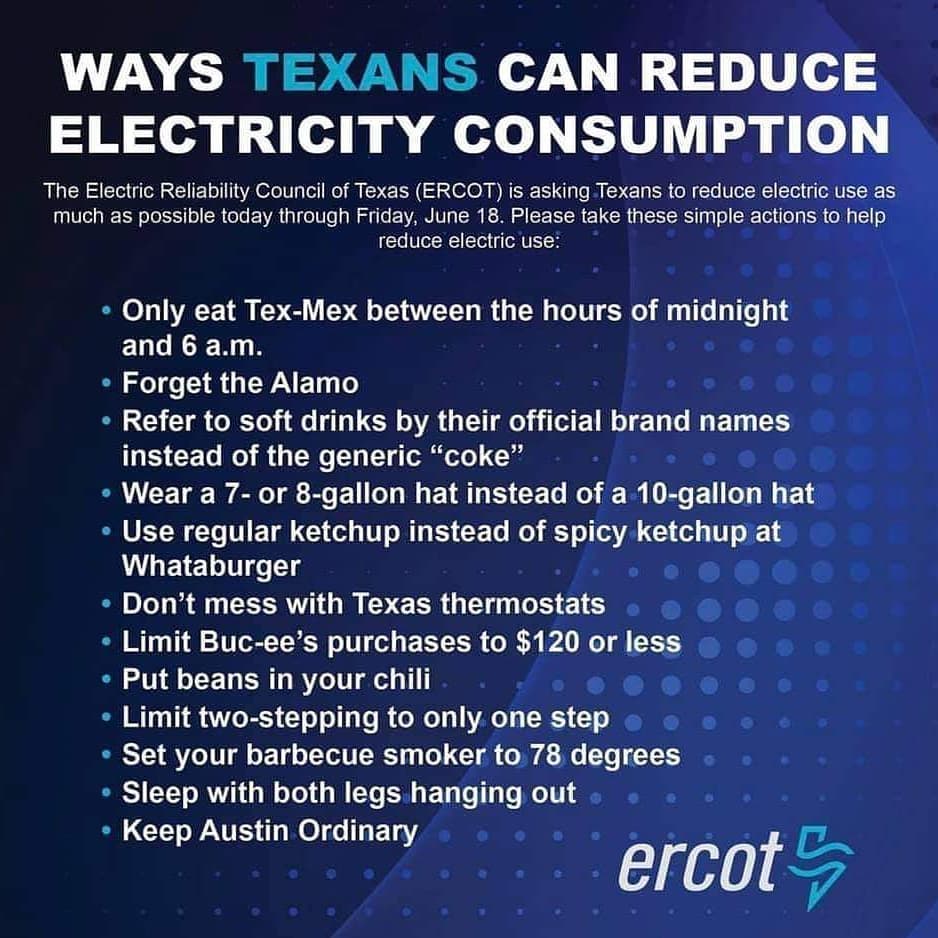It has other problems too, which we also haven’t addressed.
Millions of Texans lost power in February 2021. Hundreds died as a result. Tens of billions of dollars in damages were lost. Billions were just transferred from consumers by government action, and now consumers are paying billions to bail out corporations. What went wrong?
Stripping away everything else, the system operated by the Electric Reliability Council of Texas, ERCOT, failed because generator companies did not invest in weatherization practices after a similar failure in 2011. For eight of the 10 years prior to 2021, the average wholesale price of electricity in ERCOT was too low for generator companies to earn returns on capital. Consequently, they had every incentive not to invest in weatherization. The ERCOT market rewarded volatility at the expense of reliability, despite a decade of warning.
[…]
We identified that the ERCOT market rewards gaming to drive up prices in times of tight supply — driven by the weather or contrivance. Recall the 2001 movie “A Beautiful Mind” about Nobel Prize-winning game theorist John Nash.
Nash showed that sellers will explicitly or tacitly collude to drive up prices if given the opportunity — as the OPEC cartel demonstrates. The ERCOT market has been subject to complaints about market manipulation since 2003. For example, suppose the ABCD Generation Company operates 10 large plants in the ERCOT service region. For much of the year, it operates seven plants, keeping three idle. Let’s have bad weather hit anytime.
Ask yourself what the payoff is to start the three idle plants if there is a chance that adding the power generated by those three plants would keep the average wholesale market price at 3 cents per kilowatt hour when not starting those plants virtually guarantees that the wholesale price jumps higher — perhaps to the price cap of $9 per kWh under the ERCOT market rules in 2021? Is there a question about what the generators would do?
The ERCOT market has trusted participants to make infrastructure investments, conduct maintenance and needed upgrades, and to maintain reserves at the generator rather than system level. But without having incentives or mandates to maintain electric reserves in case of a surge in demand, the Texas marketplace has been caught off guard when demand outpaces the supply of energy.
The ERCOT market exchanged reliability in favor of volatility and increased uncertainty for consumers and generators alike.
The common argument for the design of the ERCOT market is that it keeps electricity prices low, a key issue for energy-intensive manufacturing plants along the Gulf Coast. Proponents continue to argue that electricity rates in Texas are lower than in states with regulated utilities.
The data do not support that claim. Individual customers in the ERCOT territory paid on average $5,500 more on their electric bills over a 14-year period. Prices for consumers within the ERCOT marketplace are consistently higher than for the roughly 15 percent of Texas customers in regulated marketplaces outside the ERCOT service area.
Estimates by the Wall Street Journal show that ERCOT’s consumers paid almost $28 billion more between 2004 and 2019 than they would have in an old-fashioned regulated market.
A report by the Texas Coalition for Affordable Power found that prior to partial deregulation in 2002, Texans paid rates 6.4 percent below the national average, while in the following 10 years, they paid rates 8.5 percent above the national average.
We’ve discussed these topics before, but there’s always more to learn or be reminded about. The author of this piece is Ed Hirs, who co-produced a report about ERCOT in 2013 that detailed all of these problems, which remain in place. In other words, it’s been an issue the entire time that Greg Abbott has been Governor. Go read the rest.

